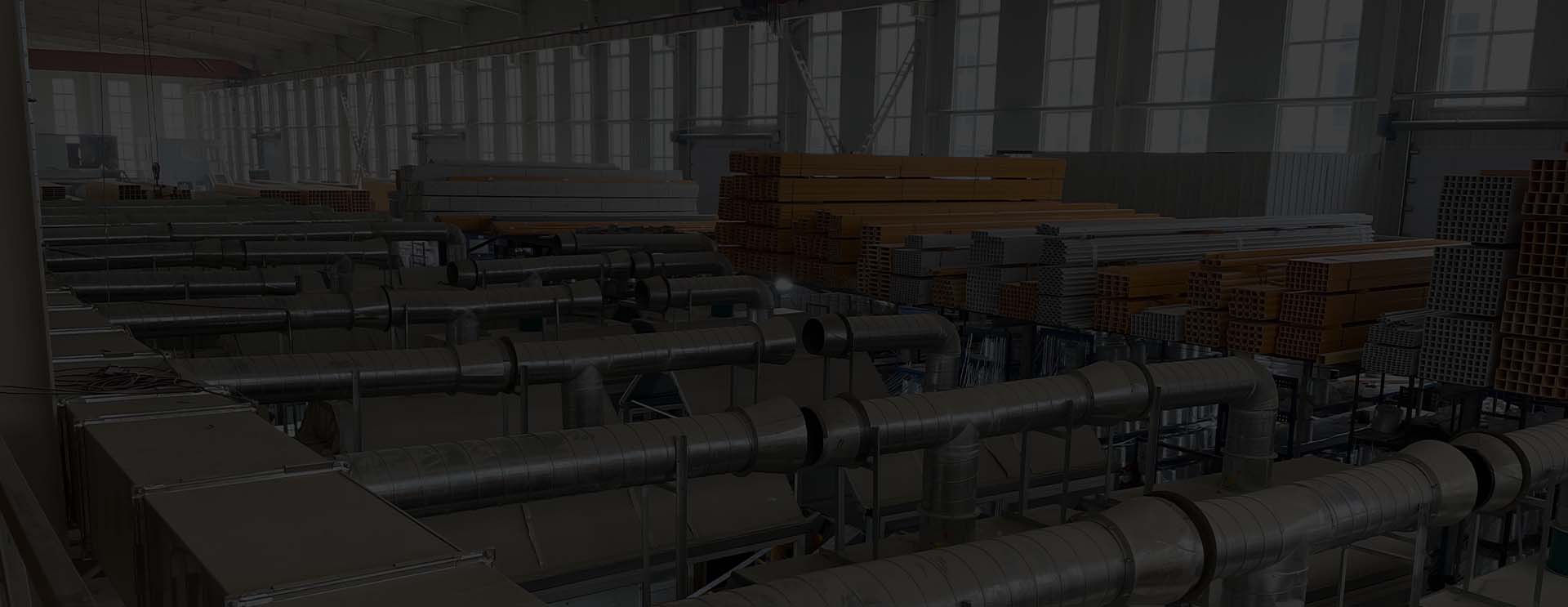loading...
- No. 9, Xingyuan South Street, Dongwaihuan Road, Zaoqiang County, Hengshui, Hebei, China
- admin@zjcomposites.com
- +86 15097380338
- Welcome to visit our website!
fiber reinforced polymer rebar
Fiber Reinforced Polymer (FRP) Rebar A Modern Solution for Reinforcement
In the realm of construction, the materials used in reinforcing concrete structures play a pivotal role in ensuring durability, longevity, and resilience. Among the innovative materials gaining traction in recent years is Fiber Reinforced Polymer (FRP) rebar. Unlike traditional steel rebar, FRP rebar offers several unique properties and advantages that make it an appealing choice for modern engineering projects.
What is FRP Rebar?
FRP rebar is a composite material made of a polymer matrix reinforced with fibers, typically glass, carbon, or aramid. This combination results in a lightweight, non-corrosive, and highly durable reinforcement option that has the potential to revolutionize how concrete structures are designed and built. The fibers give the polymer enhanced strength and stiffness, while the matrix binds the fibers together, creating a robust and resilient material.
Advantages of FRP Rebar
1. Corrosion Resistance One of the most significant advantages of FRP rebar is its resistance to corrosion. Unlike steel, which can degrade over time when exposed to moisture and chemicals, especially in environments with de-icing salts, FRP rebar does not rust. This trait is particularly beneficial for structures exposed to harsh conditions, such as bridges, parking garages, and marine environments.
2. Lightweight FRP rebar is significantly lighter than traditional steel rebar. This reduction in weight makes it easier to handle and install, potentially lowering labor costs and simplifying transportation logistics. The lightweight nature of FRP also reduces the overall dead load of structures, allowing for more design flexibility.
3. High Strength-to-Weight Ratio Despite its lightness, FRP rebar can offer comparable, if not superior, strength to steel. This high strength-to-weight ratio means that engineers can use less material while still achieving the required performance, which can result in cost savings and reduced material usage in construction.
4. Non-Magnetic and Non-Conductive FRP materials do not conduct electricity and are non-magnetic. This property makes FRP rebar an ideal solution for certain specialized applications, such as in hospitals, where electronic equipment needs protection from magnetic interference.
fiber reinforced polymer rebar

5. Design Flexibility FRP rebar can be manufactured in various shapes and sizes, allowing engineers to design customized reinforcement solutions specific to the needs of a project. This versatility can enhance the overall performance of concrete structures.
Applications of FRP Rebar
The potential applications for FRP rebar are vast and varied. It is increasingly being used in the construction of bridges, retaining walls, and precast concrete elements. Additionally, FRP rebar has gained popularity in marine constructions, such as docks and piers, where the harsh environment poses a significant risk to traditional materials.
Moreover, FRP rebar fits well in infrastructure projects where sustainability is a priority. Its longevity and reduced need for maintenance contribute to a more environmentally friendly construction approach. As cities seek to modernize aging infrastructure, the use of FRP rebar presents an attractive and innovative solution.
Challenges and Future Prospects
Despite its advantages, FRP rebar has not yet become widely accepted in the construction industry. Initial costs can be higher than those of steel, which has historically deterred some project managers and engineers. However, as production technologies advance and awareness of the benefits of FRP rebar grows, its adoption is expected to increase.
As sustainability continues to be at the forefront of construction efforts worldwide, the demand for innovative materials like FRP rebar will likely rise. Ongoing research and development will further enhance the capabilities and applications of this revolutionary material, positioning it as a key player in the future of concrete reinforcement.
In conclusion, Fiber Reinforced Polymer rebar represents a significant advancement in construction materials, promising enhanced durability, reduced maintenance, and design versatility. As the industry progresses, embracing such innovative solutions will be crucial in meeting the challenges of modern construction.
-
GRP Structures: The Future of Lightweight, High-Performance EngineeringNewsJun.20,2025
-
FRP Water Tank: High-Performance Storage for Corrosive and Clean Water SystemsNewsJun.20,2025
-
FRP Square Tube: The New Industry Standard for Chemical and Structural ApplicationsNewsJun.20,2025
-
FRP Pultruded Profiles: The Ultimate Choice for Lightweight Structural StrengthNewsJun.20,2025
-
FRP Handrails: The Safer, Smarter, and Stronger Choice for Modern InfrastructureNewsJun.20,2025
-
FRP Grating: The Smart Solution for Durable, Lightweight Industrial FlooringNewsJun.20,2025
-
Why Choose a Galvanized Water Tank for Your Storage NeedsNewsMay.21,2025
